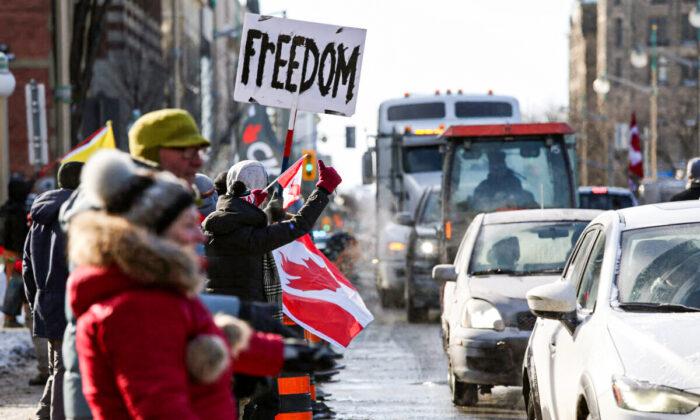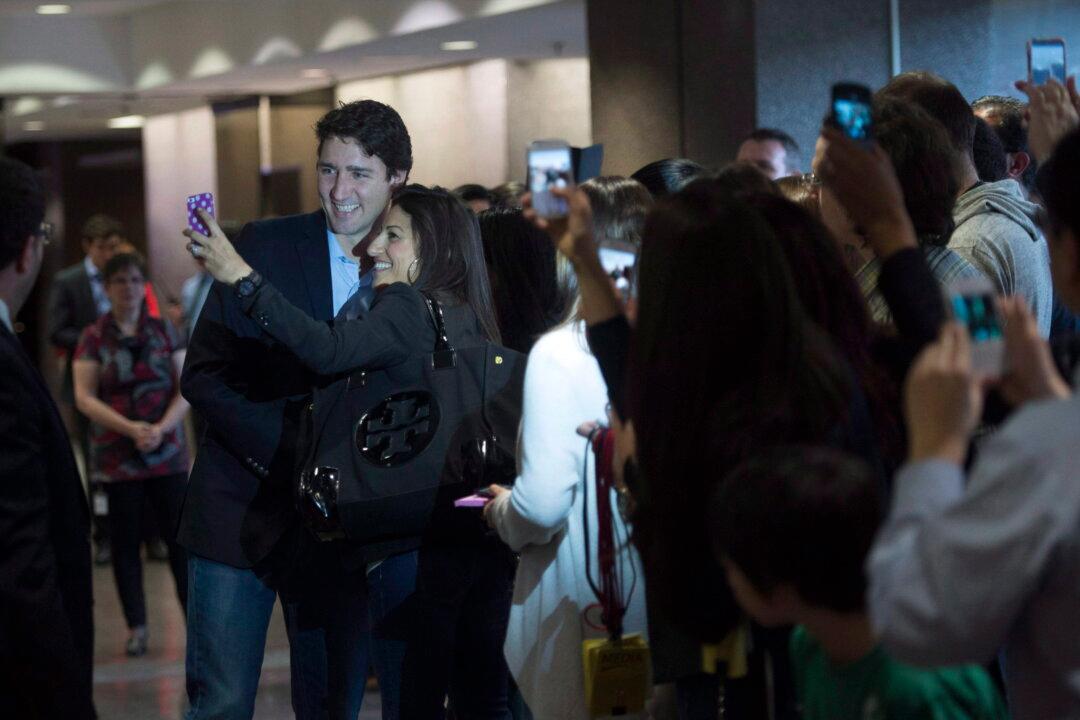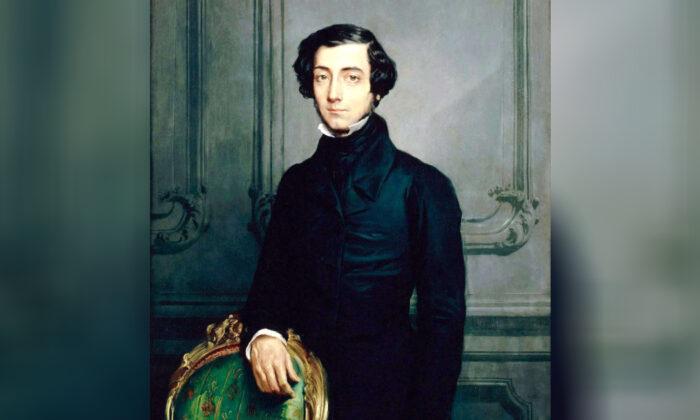The public unrest which led to the establishment of what came to be known as the COVID Commission began prior to 2022. But it did not become a formidable political force until late in the spring of 2022 when it triggered the creation of the Commission.
By that spring, the physical manifestations of the pandemic and its mutations were finally abating. But public anger grew in inverse proportion as the multiple, long range impacts of the federal government’s management of the COVID crisis began to manifest themselves economically, socially, legally, and politically in every part of the country and among every segment of the population.
Canadians who had been told for decades that Canadian Medicare was one of the best health care systems in the world learned the hard way that this claim was false—that the system was incapable of handling the demand created by the pandemic and that thousands of citizens with non-COVID related illnesses were left to languish on ever-lengthening healthcare waiting lines, over ten thousand of them dying.
Millions of Canadians who had been told that their fundamental rights and freedoms were constitutionally guaranteed by the Charter of Rights and Freedoms learned to their dismay that those rights and freedoms could be easily violated by health protection measures implemented by well-meaning but unelected bureaucrats and suspended at will by the federal government through a presumptive and unnecessary invoking of the Emergencies Act.
And millions of Canadians also suffered job and income losses, some of them permanent, as thousands of businesses were crippled or destroyed by governmental decisions to “lock down” the economy—decisions taken without any advance assessment of the breadth and depth of their negative economic impacts.
The Freedom Convoy, originally launched by independent truckers protesting a vaccine mandate which put thousands of them out of work, was joined by thousands more Canadians from all walks of life. The Prime Minister’s refusal to meet with the protesters and his characterization of them as “a fringe minority composed of racists, misogynists, and right wing extremists largely financed by U.S. interests”—a characterization unchallenged, repeated, and amplified by most of the mainstream media—only heaped more fuel on an already smoldering grassroots fire. And then, when the federal government invoked the Emergencies Act to suppress the protest, deploying the police to arbitrarily override the protesters’ rights to freedom of expression, assembly, and mobility—public anger and resentment continued to mount even after the government hastily revoked its ill-advised use of the Act.
By late February of 2022, as testified later by a disillusioned communications consultant formerly attached to the Prime Minister’s Office, the Trudeau government was desperately searching for something, anything, that would “change the channel”—away from its mishandling of the COVID crisis and the truckers’ protest to some other issue capable of seizing and maintaining public attention. When the Russians invaded the Ukraine, this was seen by the PMO as a heaven-sent opportunity to do just that—to “change the channel.” Most of the mainstream media went along with the channel change, and it was assumed that most of the public would follow. But as it turned out, the Prime Minister’s Office was in a bubble largely of its own making, relying much too heavily on information feeds and news that only reinforced its previously held views.
As part of the change-the-channel strategy, the Prime Minister was sent on a hastily arranged visit to several European capitals, making unctuous statements at every stop declaring his deep concern that the rights and freedoms of Ukrainians were being violated by the Russians. But as one British observer acidly observed: “Who in the world would believe the sincerity of such expressions when this same Prime Minster, in his management of the COVID crisis at home, shamelessly and unapologetically violated the rights and freedoms of his own people.”
A further component of the Trudeau Government’s change-the-channel strategy involved the government entering into a coalition agreement with NDP members of the House of Common on March 20, 2022. By virtue of this agreement, both parties committed themselves to support massive increases in federal government spending—the NDP agreeing to support increased defense spending, which it had previously opposed, in return for a pledge by the government to increase federal spending on public health including a universal dentalcare plan. The agreement was to bind the NDP to support the Liberal government in the House until 2025, ostensibly insuring that any motion of non-confidence in the government, made during that period, would be defeated.
One curious omission from the Liberal/NDP coalition agreement was its failure to provide any cabinet positions for the NDP, normally a condition insisted upon by any minority party agreeing to support a governing party in a coalition. As it turned out, there was more to this omission than met the eye, and that there were several other undisclosed aspects of the coalition agreement that ultimately contributed to its undoing. More on this later.





